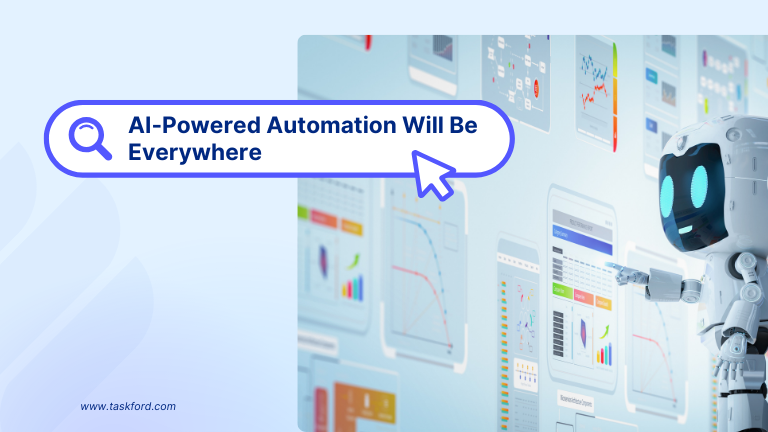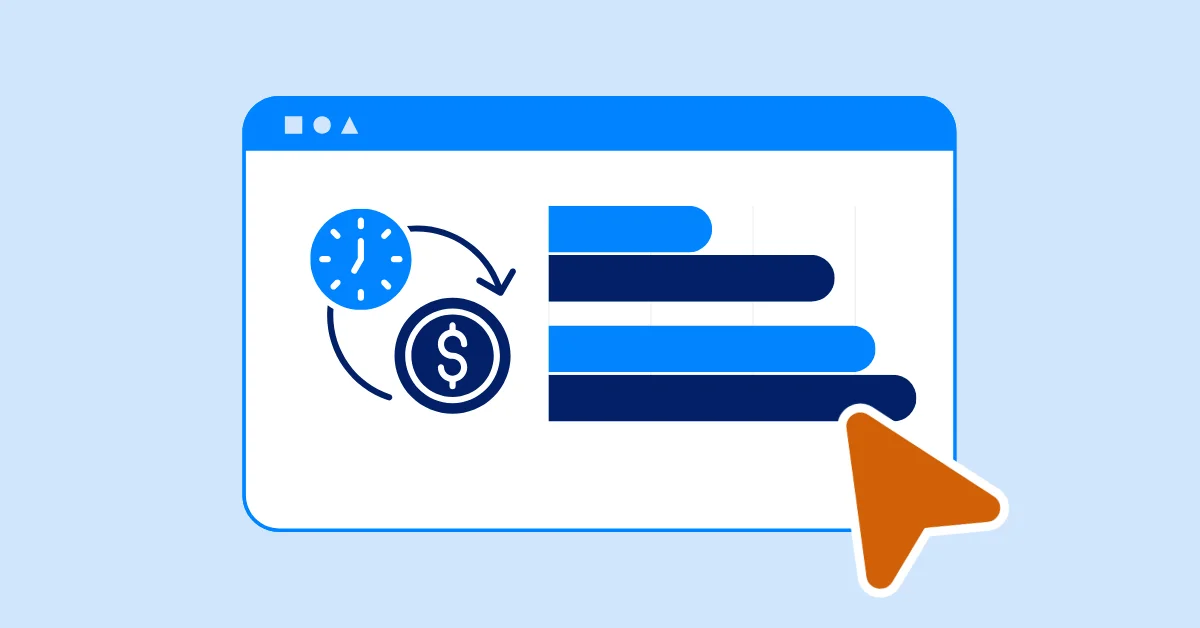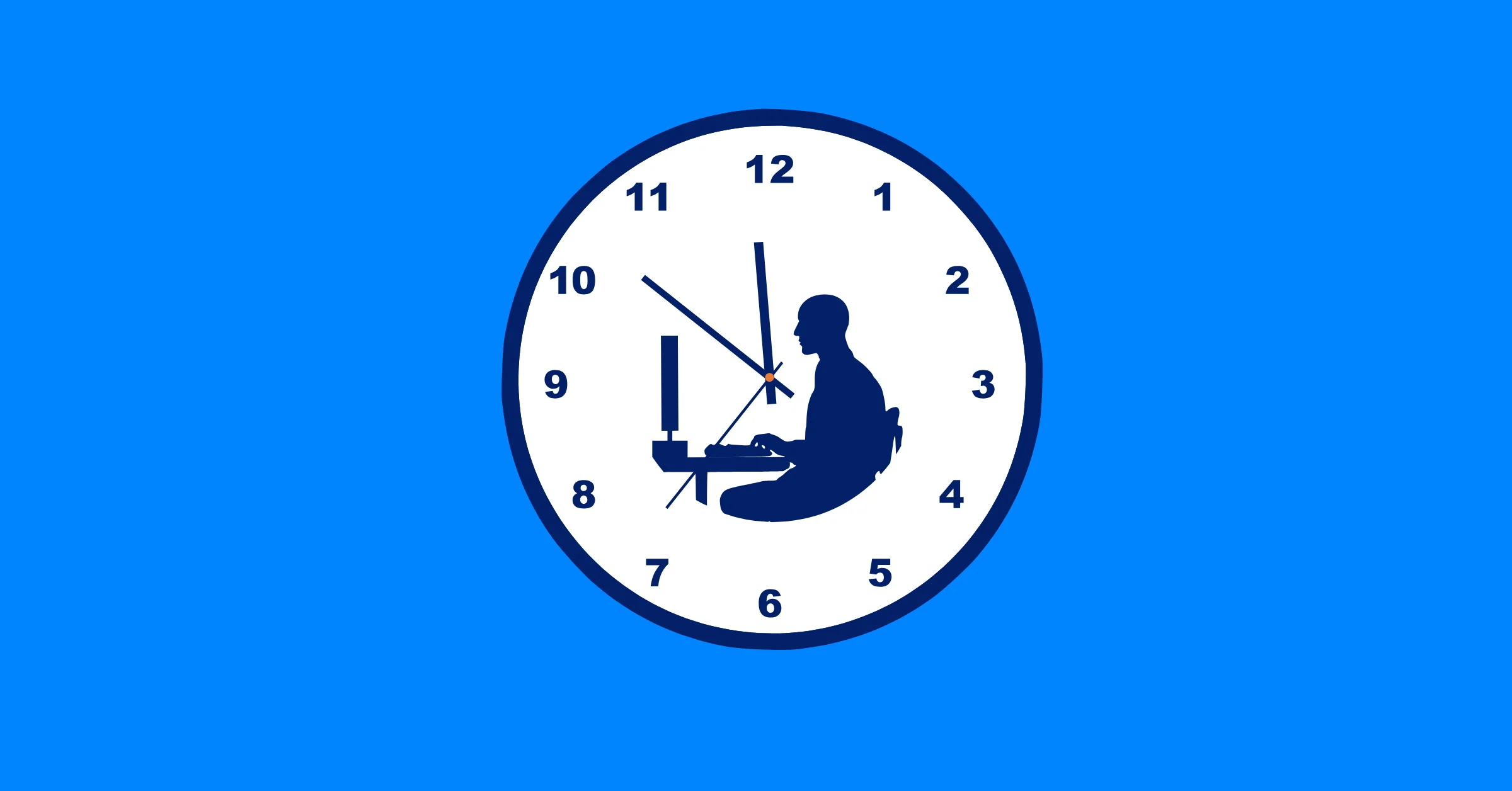What’s Next for Time Tracking Software? Key Innovations to Watch in 2025
Explore the latest trends shaping time tracking software and what to expect in 2025.
![]()
Time tracking software has become essential for businesses looking to improve productivity, enhance workforce management, and ensure accurate payroll processing. As the nature of work continues to evolve, companies seek more efficient, automated, and user-friendly solutions to track time effectively.
With advancements in AI, automation, and cloud-based technologies, the landscape of time tracking tool is undergoing significant transformation. In this blog, we explore the key innovations that will shape the future of time tracking software in 2025 and beyond.
Overview of Time Tracking Software
What is Time Tracking Software?
Time tracking software is a digital tool that helps businesses, freelancers, and employees monitor and record the time spent on tasks, projects, and work-related activities. It enables teams to record their work time accurately, improving accountability and efficiency.
Market Growth of Time Tracking Software in 2025
According to The Business Research Company reports, The global time tracking software market is projected to grow from $3.35 billion in 2024 to $3.93 billion in 2025, exhibiting a compound annual growth rate (CAGR) of 17.5%.
![]()
This rapid expansion is fueled by:
- The increasing shift toward remote and hybrid work models.
- The demand for automation in time tracking and payroll processing.
- The adoption of AI-powered solutions to reduce manual input and errors.
- The need for compliance with labor regulations and secure workforce management.
The Importance of Time Tracking Software
Time tracking application provides numerous advantages for businesses, freelancers, and employees by improving efficiency, accountability, and overall productivity. Here are the key benefits:
![]()
1. Boosts Productivity & Efficiency
- Encourages employees to stay focused and minimize distractions.
- Helps managers identify time-wasting activities and optimize workflows.
- Enhances task prioritization by analyzing time spent on different projects.
2. Ensures Accurate Payroll & Billing
- Eliminates errors in timesheets, preventing overpayments or underpayments.
- Automates billable hours tracking for freelancers and agencies.
- Reduces payroll fraud, ensuring employees are compensated fairly.
3. Supports Remote & Hybrid Workforces
- Tracks time effectively for distributed teams across different locations.
- Offers mobile access for on-the-go employees.
- Uses GPS tracking & geofencing for field workers.
4. Provides Valuable Data for Business Growth
- Offers detailed reports for performance analysis and forecasting.
- Helps businesses identify bottlenecks and inefficiencies.
- Assists in making informed hiring and resource allocation decisions.
5. Enhances Project Management & Budgeting
- Helps businesses allocate resources efficiently.
- Prevents project delays by tracking progress in real time.
- Provides data-driven insights for accurate cost estimation.
Key Trends Shaping Time Tracking Software in 2025
As we move further into 2025, time tracking software continues to evolve, driven by technological advancements and workplace transformations. Businesses are adopting smarter, more efficient, and compliance-driven solutions to enhance workforce management. Below are the key trends shaping time tracking software in 2025:
Cloud-Based
Cloud-based time tracking systems are now the industry standard, offering real-time access, scalability, and enhanced security. These solutions enable remote and hybrid workforces to track time from anywhere, reducing IT infrastructure costs with automated updates and encrypted data storage.
The global time tracking software market is projected to grow from USD 6.08 billion in 2023 to USD 25.48 billion by 2032, reflecting a compound annual growth rate (CAGR) of 17.26% (Source: The Business Research Company)
AI-Powered Automation
Artificial intelligence (AI) is revolutionizing time tracking by automating processes such as categorizing time entries, detecting time theft, and predicting project timelines based on historical data. AI-powered systems reduce manual workload, improve accuracy, and generate actionable productivity insights.
According to PwC AI Business Prediction 2025, AI-driven workforce automation could improve operational efficiency by 30% or more in the next five years.
Biometric Integration
Biometric authentication, including facial recognition, fingerprint scanning, and retina scanning, is becoming a popular fraud-proof method for tracking work hours. Businesses are implementing biometric solutions to eliminate buddy punching and time fraud, ensuring accurate attendance records.
A report by Allied Market Research projects that the biometric workforce management market will reach $3.5 billion by 2026, with time management being a major driver.
Mobile-First Approach
With the rise of remote and hybrid work models, mobile time tracking solutions are essential. Employees can easily clock in and out, track their tasks, and submit timesheets from their smartphones or tablets, regardless of their location.
According to Statista, mobile workforce management solutions are expected to see a 22% growth rate through 2025 as businesses continue investing in mobile accessibility.
Enhanced Employee Self-Service
Time tracking software is empowering employees with self-service capabilities. Workers can manage their schedules, request time off, and access their time data directly, reducing the administrative burden on HR and managers.
Focus on Compliance
As labor laws and regulations become more complex, time tracking tools are evolving to help businesses stay compliant. These systems can automatically track overtime, breaks, and other compliance requirements, reducing the risk of legal issues.
A 2025 study by Forbes Insights found that non-compliance fines for labor law violations have increased by 20% in the past two years, pushing businesses to adopt more advanced compliance-focused time tracking tools.
Emphasis on User Experience
Time tracking systems are becoming more user-friendly and intuitive. With clean interfaces, easy navigation, and mobile accessibility, these systems encourage employee adoption and accurate time recording.
Integration with Other Systems
Seamless integration with other business systems, such as payroll, project management, and HR platforms, is crucial. This ensures data consistency, streamlines workflows, and provides a holistic view of employee productivity and project progress.
The Future of Time Tracking Software: What to Expect?
The future of time tracking software is bright with technology poised to make it more intelligent, intuitive, and integrated into the very fabric of how we work. Here's a glimpse into what you can expect:
AI-Powered Automation Will Be Everywhere:

- Smart Time Entry: Forget manual clocking in and out. AI will automatically record work time by integrating with devices like computers, wearables, and smartphones. Imagine software that knows when you start and stop working based on your activity and location.
- Task Categorization: AI will analyze your work and automatically categorize it into projects, meetings, research, or other custom categories. This provides detailed insights into how your time is spent.
- Predictive Analytics: AI will anticipate potential time crunches or project delays based on historical data and current trends, allowing for proactive adjustments.
Collaboration and Communication Will Be Seamless:

- Real-time Project Visibility: Teams will have shared dashboards showing progress, time spent, and potential roadblocks in real-time.
- Integrated Communication Tools: Time tracking software will seamlessly integrate with platforms like Slack or Microsoft Teams, allowing for quick updates, task assignments, and feedback within the time tracking context.
Integrations Will Be Key:

- Workflow Automation: Time tracking will trigger automated actions in other systems, such as sending invoices based on billable hours or updating project management timelines.
- API-First Approach: Software providers will prioritize open APIs, allowing for seamless integration with a wider range of business tools and custom solutions.
Security and Privacy Will Be Paramount:

- Data Encryption and Access Control: Time tracking software will emphasize robust security measures to protect employee information.
- Transparency and User Consent: Users will have greater control over their data, with clear explanations of how it's being used and the ability to opt-out of certain features.
By 2025, time tracking will go beyond simple attendance monitoring and become a critical business intelligence tool for optimizing workforce management.
Conclusion
Time tracking software is evolving to become smarter, more automated, and highly integrated into business operations. With AI, cloud technology, biometrics, and mobile-first solutions, businesses can boost productivity, improve compliance, and enhance workforce management.
To stay competitive, organizations must embrace modern time tracking solutions that offer seamless automation, compliance, and data-driven insights**.** Investing in advanced time tracking technology will ensure greater efficiency, cost savings, and improved employee engagement in 2025 and beyond.
Making work simpler,
smarter, and more connected
Join our waitlist and be notified first.

Related Blog
Subscribe for Expert Tips
Unlock expert insights and stay ahead with TaskFord. Sign up now to receive valuable tips, strategies, and updates directly in your inbox.






